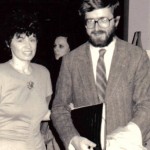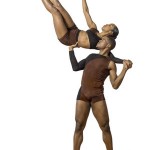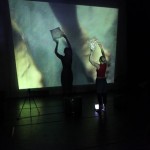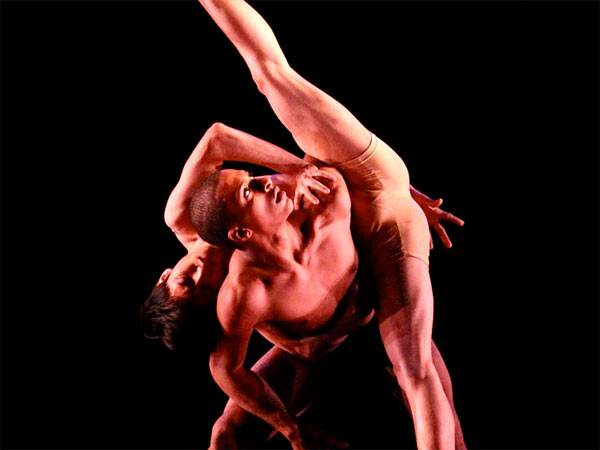Poems New and Collected
1957 – 1997
by Wislawa Szymborska
Translated from the Polish
by Stanislaw Baranczak
and Clare Cavanagh
Reviewed by Merilyn Oniszczuk Jackson
For The Inquirer
April 19, 1998
Reading Wislawa Szymborksa’s poems is like gazing into Poland’s famed amber. What does the cracked, ancient resin refract? An insect’s eyelash, a fish’s scale? Her verse exposes the universe’s most mundane rubbish and mankind’s banal indifference to all in its grip.
When she won the 1996 Nobel prize, Szymborska titled her acceptance speech, (included in this book) “The Poet and the World.” She spoke about the respectability of being a poet and places poets in “a select group of Fortune’s darlings.” The world is their subject.
Not surprisingly, Szymborska writes about the conflicting desires in the world; how they multiply and cancel each other out with dizzying speed. Every minute, every word is a wild card waiting to be dealt. Clothes parses no less than two dozen parts of clothing; nevertheless it presents a model of terse economy. The doctor tells the patient that for now it’s not too bad, and the matter-of-fact tone belies the relief in the lines:
…to pull out of handbags, pockets, sleeves
a crumpled, dotted, flowered, checkered scarf
whose usefulness has suddenly been prolonged.
At age 75, Szymborska has published nine volumes of poetry. This welcome new English translation of Szymborska’s poetry is by Stanislaw Baranczak and Clare Cavanagh. Baranczak, beloved as a poet and activist in Poland and respected as a poet abroad, holds the chair in Slavic literature at Harvard University. Cavanagh, is a professor in the department of Slavic languages at the University of Wisconsin. Cavanagh and Baranczak received the 1996 PEN Translation Prize for their View with a Grain of Sand. One hundred of Szymborska’s poems appeared in that 1995 volume, also published by Harcourt Brace & Co.
This latest translation is punchier, more direct, closer to Szymborska’s understated perceptions than the 1981 English translation by Robert A. Maguire and the late Magnus Jan Krynski. Some differences are worth noting because the present translation better projects Szymborska’s ironic voice.
A brief comparison between some of the older titles and the new, shows the earlier translations may be more lyrical, but wordier. What had been Two Monkeys by Breughel, becomes Breughel’s Two Monkeys. Four in the Morning is now Four A.M.
A sea change in cadence also occurs. In one of her most famous poems, A Million Laughs, A Bright Hope, it is “easy to drown in a teaspoon of ocean.” The subject in the current volume’s No End of Fun is “easily drowned in the ocean’s teaspoon.”
Szymborksa more or less repudiates a 1952 collection written in the political themes acceptable during Stalinist times, and her 1954 publication is inexplicably ignored in this translation as well as in the Krynski/Maguire edition. Both begin with the 1957 collection, Calling Out To Yeti. With the addition of 64 previously untranslated poems, including seven written in the last five years, this volume becomes the most complete English-language collection to date.
Her poems can be innocent and wise or truckling and truculent. Szymborska revels in contradictions like these. Seance ends “radiant and deceptive” and Sky in “rapture and despair.”
For Szymborska though, a word is only one consonant away from being a world, one continent away from being free. As a young adult living in the circumscribed world of post-war Poland, in the smoke-blackened, medieval town of Krakow, her writing found flight for her and her readers. She wrote a host of poems on poetry, death, and of course, war. In The End and the Beginning, she provides a formula for cleaning up after war where
Someone has to lie there
in the grass that covers up
the causes and effects
with a cornstalk in his teeth,
gawking at clouds. p.228
She takes us, her readers, with her on microscopic visits to the insectal world of “ants stitching in the grass” (No Title Required) and beetles “for such great despair/that beetle’s six legs wouldn’t be enough” (Interview With a Child.) And just as simply and swiftly she telescopes us into the universe. In Over Wine, she describes perhaps her own coquetishness at meeting a man:
And I tell him tales about
ants that die of love beneath
a dandelion’s constellation.
Along with inversions like these, Szymborska, like other great Polish writers, uses irony and self-mockery. An Opinion on the Question of Pornography, is a disquisition on the intelligentsia’s preference for “the forbidden tree of knowledge to the pink buttocks found in glossy magazines.”
Though Szymborska talks overtly about love or falling in love in at least five poems, she too, steers away from pornography. Two lines in Ruben’s Women, however, are powerful enough to make up for any lack of eroticism:
thick-whiskered Phoebus, on a sweaty steed,
riding straight into the seething bedchamber.
As intimate as her poetry can be, Szymborska is an intensely private person. She does not care for the attention she’s received since winning the prize and is said to go out even in Krakow in disguises. Fellow Nobel laureate and countryman, Czeslaw Milosz, [cq] wrote about writers in internal exile behind the Iron Curtain. In her poetry, Szymborska found internal freedom and so shared with her readers a space to breathe. May our continuing discovery of her poetry not diminish her freedom.










